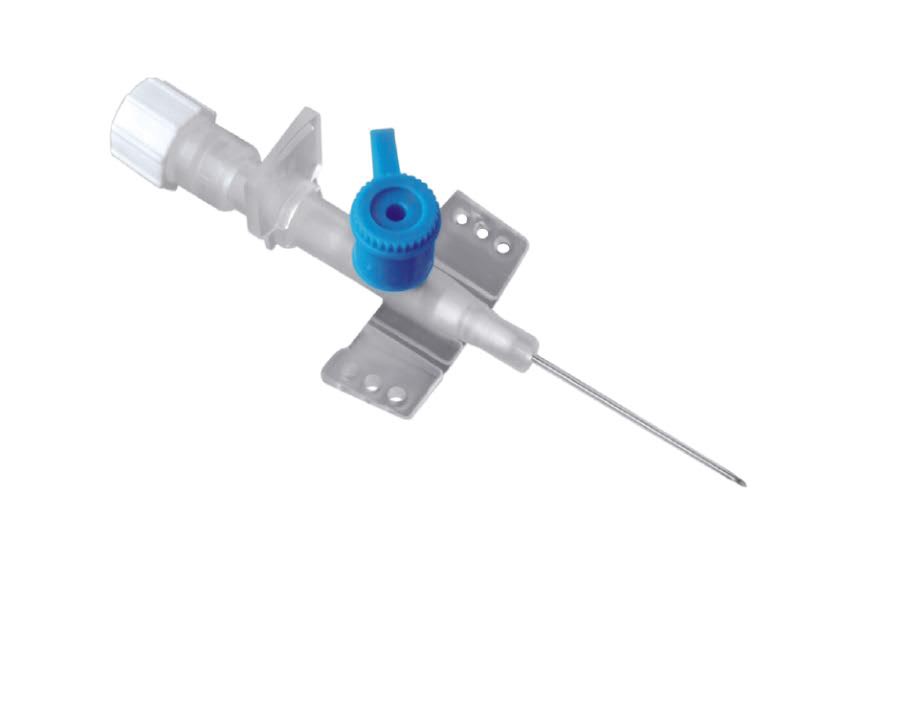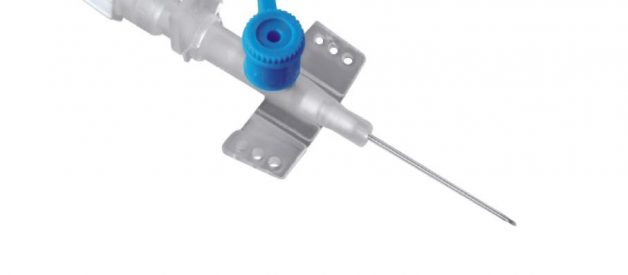
Medication, fluid and blood are some of those terms that can be received easily into the blood stream using the IV cannula. The IV Cannula generally are believed to be of three types and they are peripheral IV cannula, the central line IV cannula and the last but not the least the midline IV cannula. The central line IV cannula are the ones that are generally used for the long term treatments followed by the midline catheters that are being used as a less invasive method.
The intravenous cannula or say the IV Cannula provides the patients with a wide variety of treatments followed by some of the best preventive caring options. Once you have the IV cannula being inserted into the vein, the medical staff or say the caregivers can then go ahead and deliver medications, fluids or blood directly into the blood stream without having any kind of a new needle being used for each and every treatment. There are three major different categories of when it comes to the ivs, and they are Peripheral IVs, Central Venous Catheters, and Midline Catheters. The healthcare professionals to this try and administer each and every kind of an iv for specific treatment and purposes.
Peripheral IV cannula: This is the most common form of the IV therapy. And is a procedure that is usually given to the surgical and the emergency room patients, or those who are in need off radiological imaging. The caregivers generally try and use the standard IV lines for no longer than four days. The health care professionals to this need to try and introduce a needle into the vein which is most likely into the arm or the hand, replacing them with a small device called IV cannula. The IV catheter is then attached to the IV Cannula before being fixed with the skin using adhesive bandage or non-allergic alternative.
Central line: The central line is generally given to all those patients who require medication, fluids, over the multiple weeks or months. These central lines then quickly deliver the content into the heart and produce fast response when it comes to the medicines. They are also handy for quickly supplying large amounts of blood or fluids into the system of the patient. The Central line is generally inserted into the jugular vein which is in the neck, the subclavian vein and the last but not the least the femoral vein. The healthcare professionals before beginning with any kind of a process do take help of the ultra sound device that would guide them in inserting a needle into the selected vein prior to replacing it with the central line.
Midline catheter: Appropriate for all those patients who require the IV therapy for more than five days, and less than a month. The midline catheters are generally believed to be a less invasive method that is generally used for delivering contents or drawing out the blood samples. Caregivers here place the IV tubing in the larger vein usually that is higher in the arm of the patient. The midline catheters can be more effective for the older adults and hard enough to reach out their veins. This process completely differs from hospital to hospital.


